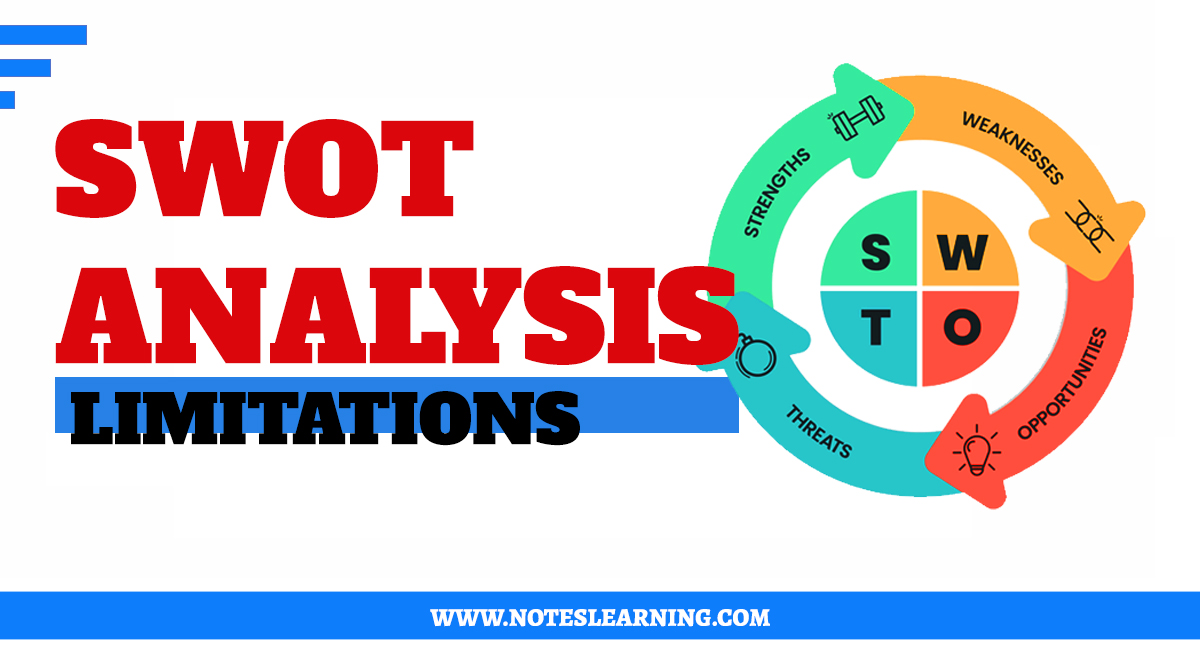Introduction
SWOT analysis is a strategic planning tool. It helps businesses and organizations to identify and evaluate the strengths (S), weakness (W), Opportunities (O) and Threats (T). Strengths and weaknesses assess the internal factor of the organization whereas opportunities and threats assess the external environment. The SWOT analysis is essential for identifying the current position of the firm and the possible future challenges and opportunities so that the firm can make better-informed decisions.
Implications of SWOT Analysis
Apple Inc.
Apple Inc. used the SWOT analysis before the launch of its iconic iPod product line. The company did a detailed SWOT analysis to identify the weakness in the current music (mp3) player and to explore the possibilities and potential one can add to make the music player experience different and surreal. This analysis led to the development of a more user-friendly and aesthetically pleasing device called iPod which revolutionized the music player experience.
Netflix
Before “Netflix and Chill”, Netflix was into the DVD renting business. Netflix conducted SWOT analysis to identify the reasons for declining DVD-by-mail business and to explore the opportunities in online streaming. Beforehand analysis helped Netflix to strengthen its base and Netflix innovated its business before its competitors. Now, Netflix is one of the leading online streaming platforms.
Almost every business uses SWOT analysis to carefully understand the present and future of the business. All the present big brands have utilized this analysis to gain some business advantages.
Limitations of SWOT Analysis
Despite all the successful implications and validation of SWOT analysis, there are different limitations to it. Some of such limitations of this strategic planning tool are :
Limited Scope and Rigid
SWOT analysis is conducted at a specific point of time. All the internal and external factors that are considered for the analysis are valid for that time being. SWOT analysis doesn’t consider the changing dynamics of the business environment. Environment is ever changing hence any unexpected and unanticipated events that may occur beyond the time of SWOT analysis may be ignored during the analysis. Also, such unexpected events make analysis less relevant.
For instance, an introduction of new technology might, sometimes, make a product or idea obsolete or irrelevant. Most of the failed businesses or products failed to recognize such unexpected events.
Bias and Overgeneralization
The SWOT analysis can be influenced by personal choices, opinions or assumptions. The selection of internal and external factors for the analysis lead the conclusion from the analysis. Hence, the selection of such factors is subjective to the selectors, individual or group. Any kind of favor or disfavor may impact the analysis. And, the conclusion of such biased analysis is later generalized.
The data or opinion collected for the analysis leads to the analysis. Hence, any inappropriate or biased input will lead to biased and improper analysis. Decisions taken from such analysis do not represent the generalized result.
Lack of Action Plan
The SWOT analysis accesses the internal and external factors to assist business take informed decisions. This analysis may not provide any additional action plan to address those factors. Without any proper action plan, the factors identified remain worthless and the business couldn’t effectively leverage the insights of SWOT analysis.
For instance, with the help of SWOT analysis, a company could only conclude that outdated technology in the company has been a weakness. The SWOT analysis doesn’t inform companies how to deal with this factor and what strategies should the company adapt to overcome such weakness.
No External Validation
The SWOT analysis is an internal assessment. All the considerations for the analysis are from individuals inside the organization and all the conclusions from the analysis are interpreted and explained by individuals from inside the organization. There are more internal perspectives and assessments.
There is no external validation either in factor consideration or in analysis or in analysis interpretation. Hence, this may lead to bias and inaccuracies during the analysis.
No Prioritization of Factors
The SWOT analysis is very basic and simple. It only considers the factor. This means, there is no prioritization of factors, no qualitative and magnitude analysis of those factors. It only includes factors that stand as strengths, weaknesses, opportunities and threats. It does not rank the importance of the factor, it doesn’t reveal the impact and importance of the factor.
For instance, weak technical infrastructure is a weakness of a company or low cost of entry in the business is the threat for the business. The SWOT analysis does not clarify how much the technical infrastructure is impacting the business or how big is the threat of low cost of entry. There is no ranking of factors as per its impact or any other criteria.

